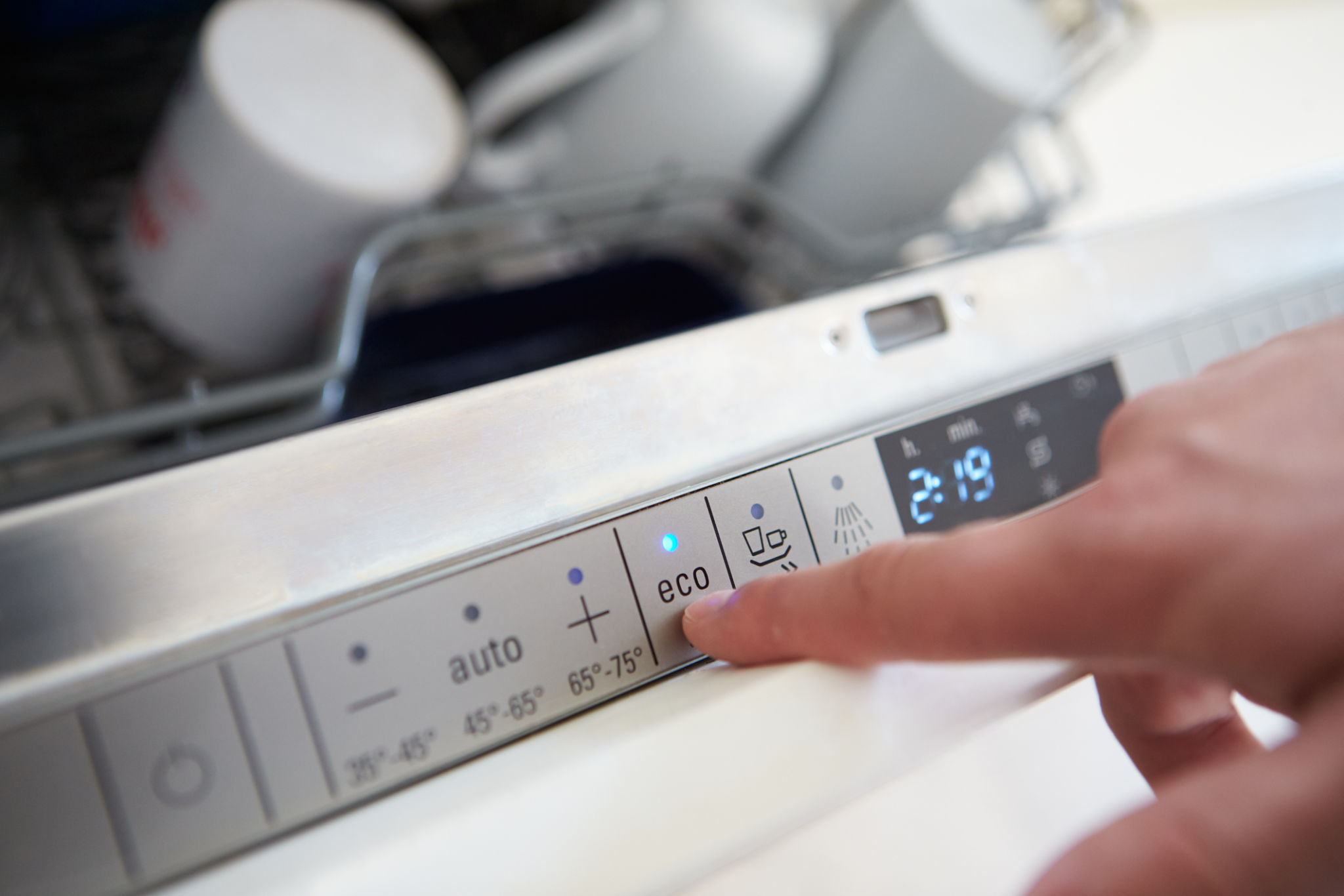Comprehensive Guide to Energy Assessments in Australia
Understanding Energy Assessments
Energy assessments are a critical step in understanding and improving the energy efficiency of buildings in Australia. These assessments help identify areas where energy is being wasted and provide recommendations for reducing energy consumption. By conducting a thorough evaluation, property owners can make informed decisions that not only save money but also contribute to a more sustainable environment.
In Australia, energy assessments are becoming increasingly important as the country strives to meet its environmental goals. With rising energy costs and increased awareness of climate change, both residential and commercial property owners are seeking ways to reduce their carbon footprint. An energy assessment provides a clear pathway to achieving these objectives.

Types of Energy Assessments
There are several types of energy assessments available, each designed to address specific needs and goals. The most common types include:
- Home Energy Rating Scheme (HERS): This assessment evaluates the energy efficiency of residential buildings by providing a star rating, which ranges from zero to ten stars. The higher the star rating, the more energy-efficient the home is.
- NABERS (National Australian Built Environment Rating System): NABERS measures the environmental performance of commercial buildings, including energy efficiency, water usage, waste management, and indoor environment quality.
- Commercial Building Disclosure (CBD): This program requires sellers and lessors of large commercial office spaces to provide energy efficiency information to prospective buyers and tenants.

The Energy Assessment Process
The energy assessment process typically involves several steps. Initially, an assessor will conduct an on-site visit to examine the building's construction, insulation, heating and cooling systems, lighting, and appliances. During this visit, they may use specialized equipment to measure air leakage and thermal performance.
Following the on-site assessment, the assessor will analyze the collected data to identify areas where energy is being lost. They will then provide a detailed report with recommendations for improvements. These recommendations might include upgrading insulation, sealing leaks, or replacing outdated appliances with more energy-efficient models.

Benefits of Energy Assessments
There are numerous benefits to conducting an energy assessment. First and foremost, it can lead to significant cost savings on energy bills. By implementing the recommended improvements, property owners can reduce their energy consumption and lower their utility costs.
Additionally, improving a building's energy efficiency can increase its market value. Energy-efficient properties are in high demand as more people become conscious of their environmental impact. Moreover, an energy assessment contributes to a healthier living or working environment by improving air quality and reducing reliance on fossil fuels.
Choosing a Qualified Assessor
When selecting an assessor for your energy assessment, it’s important to choose a qualified professional with relevant experience. In Australia, many assessors are accredited under national programs such as HERS and NABERS. These accreditations ensure that assessors have the necessary skills and knowledge to perform accurate evaluations.
Before hiring an assessor, it’s advisable to request references or read reviews from previous clients. This will provide insight into their reliability and the quality of their work.
Conclusion
Energy assessments play a crucial role in helping Australians create more energy-efficient homes and commercial spaces. By understanding the different types of assessments available and the process involved, property owners can take proactive steps toward reducing their environmental impact and saving money.
Whether you own a residential property or manage a commercial building, consider scheduling an energy assessment today to start benefiting from increased efficiency and sustainability.